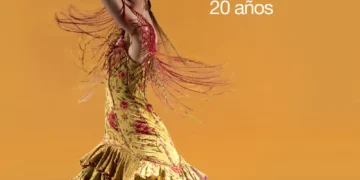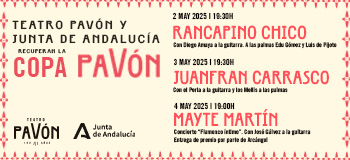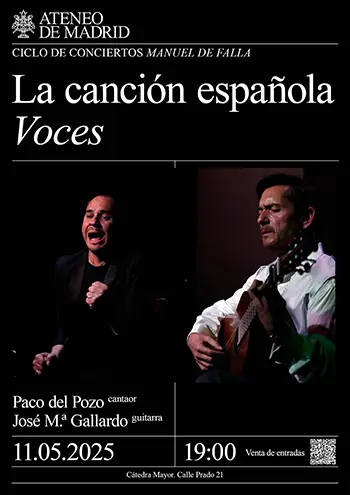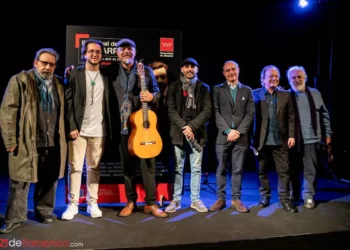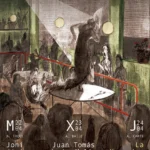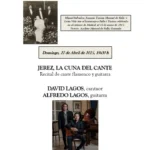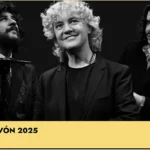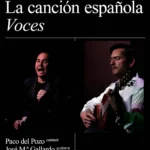The dream box
|
JUAN VERGILLOS Make a flamenco wish, the wilder the better.For example: Mario Maya dancing siguiriyas with Mari Carmen Acevedo (we’re in 1956, at the very beginning of the maestro’s career). Another example: Manolo Caracol with Melchor de Marchena and a Hammond organ. Well here it is. Both items are included on disk number 9 of this colection of 12 volumes with a libretto of 200 pages titled «Enciclopedia de los Estilos Flamencos: de la A a la Z». There’s also Mairena with Melchor, Paquera, Terremoto with Morao, Valderrama, Bernardo el de los Lobitos, Fosforito, Carmen Linares, Gabriel Moreno, etc.. And or course, Camarón. And the new generation: Pitingo, Marina Heredia, Estrella Morente. Of the big names of the second half of the twentieth century, I only miss Pepe Marchena and Enrique Morente, who never recorded with Universal. There are also lesser-known singers such as Juan el Camas who, despite being living legends of this art, hardly ever recorded. Among guitar maestros included in the selection, aside from those mentioned, you can find Paco de Lucía, Manolo Sanlúcar, Juan Habichuela, Tomatito, Sabicas, etc. And groups like Pata Negra and Los Chichos.
Because this collection is a total immersion in the immense flamenco catalogue of Universal, probably the recording company, formerly known under the Philips label, that has recorded more flamenco than any other of this period.And the immersion is guided by two experts, José Manuel Gamboa and Faustino Núñez. Between the two of them, they were in charge of the selection and the organization, as well as the introductory study which sets forth the origins and most logical history of flamenco, based on recent investigation.There is also an introduction to the music theory of flamenco with the main rhythmic schemes, melodies and harmonies of the genre, with each form explained, and each recording commented in detail, so that each and every cut is perfectly registered and documented.240 cantes, dances and guitar pieces in all.The order is based on stylistic and rhythmic criteria: first there’s a rundown of the «amalgam» or mixed compás rhythms, formerly known as the basic styles (soleares, siguiriyas and their derivatives), then the rhythms in measures of three (fandangos and derivatives), to end with the binary rhythms (tangos and derivatives), a line-up that owes something to twentieth century flamencology.Each style is represented by its most genuine interpreter, sometimes in the voice of the actual creators (such as the above-mentioned fandango of El Camas, of Caracol, and so on…). But the main objective is artistic, the idea of enjoying a series of first-class recordings of classic flamenco.All richly illustrated and presented in a user-friendly format. Original record covers are reproduced, as well as other kinds of documentation of the era. Any music-lover’s dream box.
|
UNIVERSAL Cd's. 198 products. | |||||||






